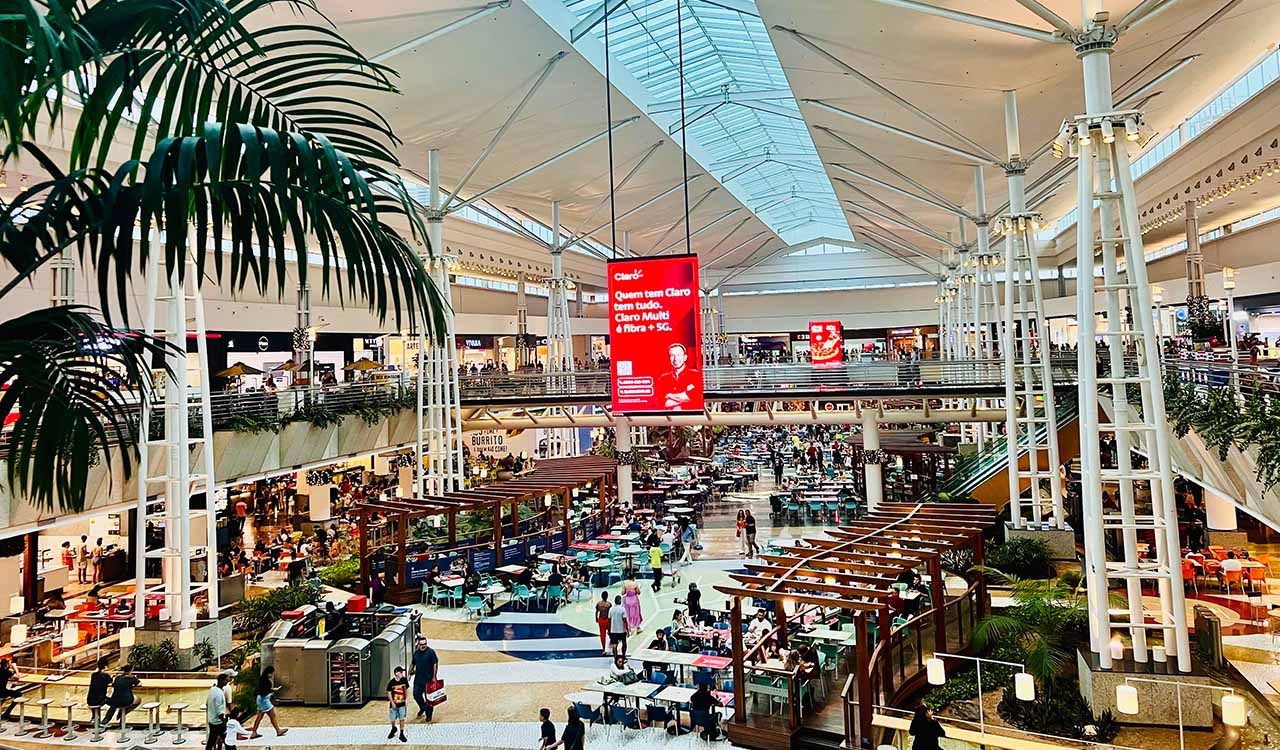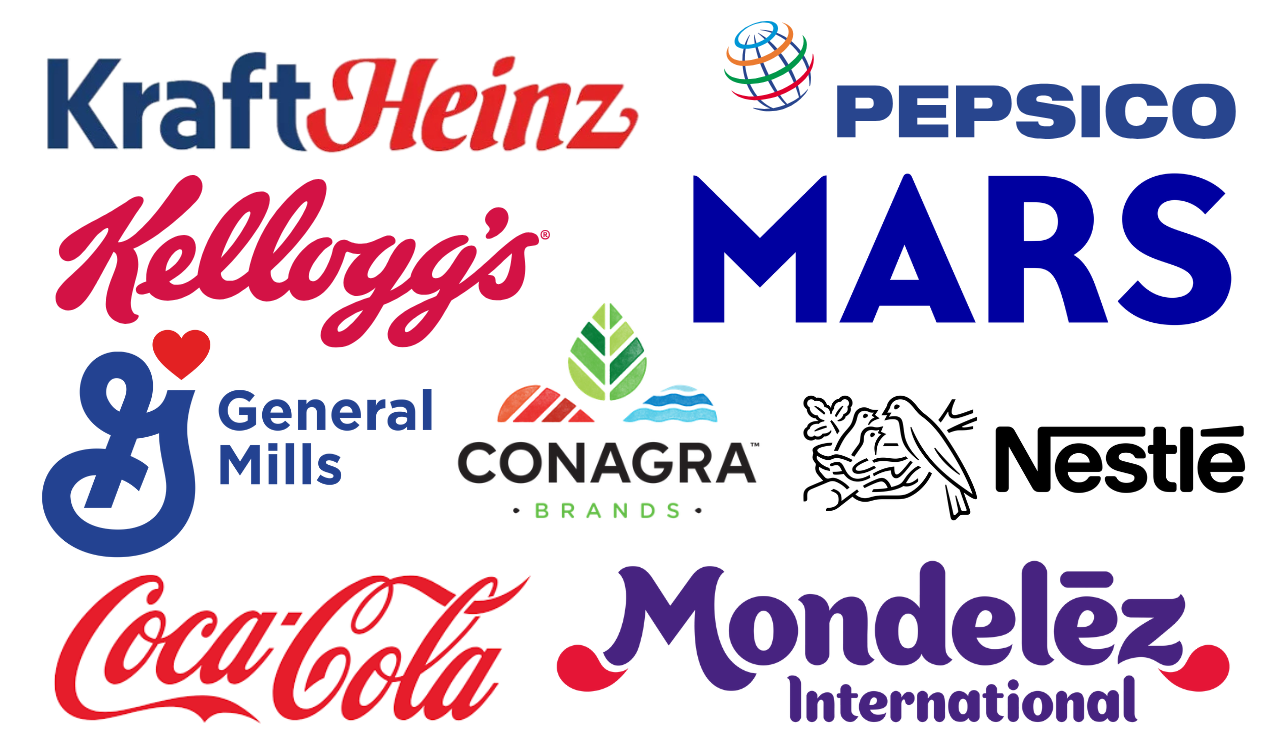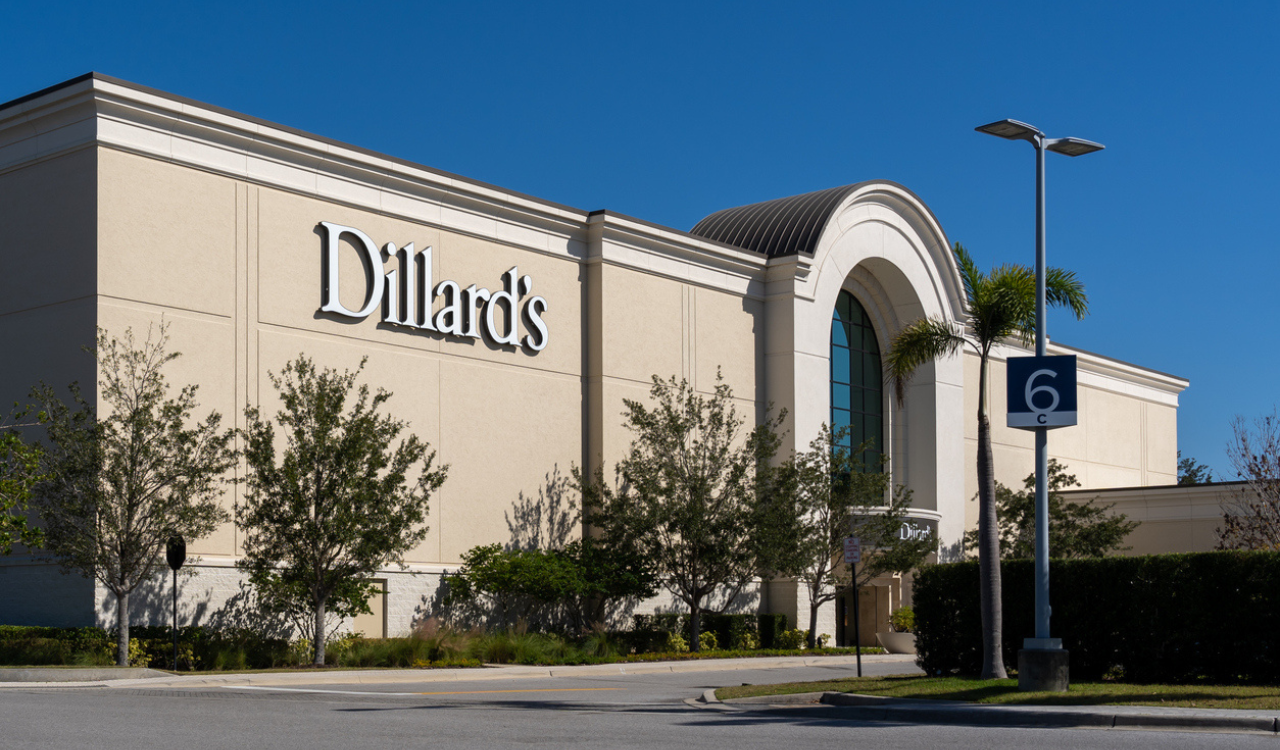This is a report on Brazilian retail innovation. But first a side trip for some context. Just a few months after earning my college degree in 1994, I embarked on an ambitious journey to Campinas, Brazil, to pursue a master’s degree in Economics at the State University of São Paulo in Campinas, widely known to Brazilians by its resonant acronym, UNICAMP.
I was attending as a Rotary International Ambassadorial Scholar, which encouraged young students around the world to pursue their advanced academic degrees outside their home country, and in doing so, also serve as global ambassadors for goodwill and international cooperation. While many of my peers from Georgetown University’s School of Foreign Service—where I had just graduated that spring—were unfamiliar with both Campinas and UNICAMP, the university has long held a distinguished reputation as one of Latin America’s premier institutions of higher learning.
Although brands have come and gone, today the anchor tenants at Parque Dom Pedro represent a who’s who of retail powerhouses, blending international and Brazilian favorites to create an unparalleled shopping destination in Brazil.
The Journey Taken
Reaching UNICAMP from my home in Cambuí, an upscale neighborhood nestled in the heart of the Campinas, was a journey marked by striking contrasts. The route began in the polished streets of my neighborhood, transitioned through the slightly gritty industrial outskirts, and then opened to vast sugarcane fields that stretched endlessly toward the horizon. Finally, after several kilometers, I would arrive in Barão Geraldo—a vibrant, bohemian enclave where the university is nestled.
Campinas was far from being a small town even back then. It was already home to numerous manufacturing plants and served as a pivotal hub for the booming agribusiness sector in the state of São Paulo. Signs of a burgeoning class of novos ricos, or ‘new money,’ were already evident—particularly in upscale neighborhoods like Cambuí. Despite growing affluence and development, the city in the mid-1990s still retained a palpable small-town charm that was hard to miss.
Manifest Development
Fast forward 30 years and Campinas and the surrounding region have become one of the largest economic engines in all of Latin America. Viracopos International Airport, located just outside Campinas, is the second-largest airport in Brazil in terms of cargo volume and one of the largest in passenger traffic with daily connections to the U.S. and Europe. IBM, Dell, PepsiCo, Unilever and Bosch—just to name a few— have all made Campinas hubs for their Latin American operations. And, largely because of its association with UNICAMP, the Campinas region is often referred to as the ‘Brazilian Silicon Valley’— a hub for high-technology industries and startups. Even the innovative Chinese electric car manufacturer BYD recently chose Campinas for its first factory in Brazil.
Nowadays, that same road that I used to take every day to get to the university is brimming with a mix of high-end eateries, upscale retail, and shiny office complexes. In fact, that same drive to the UNICAMP brings me right to the entrance of Parque Dom Pedro, Latin America’s largest shopping center in terms of uninterrupted, single-level continuous space.
Named after Pedro I—the founder and first ruler of the Empire of Brazil, famously known as ‘The Liberator’—and inspired by the modern highway that also bears his name, Parque Dom Pedro was an ambitious vision when conceived in the late 1990s. The project was a collaborative effort between the local Campinas real estate development firm De Carvalho Garcia S.A., private investors, and the Portuguese retail giant Sonae. Its feasibility, however, was the subject of much debate. Although the Campinas region was experiencing notable growth at the time, skeptics argued that a venture of such magnitude would have been better suited closer to São Paulo, Brazil’s largest city and the undisputed economic powerhouse of South America.
“We recognized that the greater Campinas region was on the brink of explosive economic growth,” reflected Ailton de Carvalho Garcia, founder and CEO of De Carvalho Garcia S.A., the firm responsible for zoning and preparing the vast property where the new shopping center would rise; it which was no small task, requiring extensive collaboration with Campinas’ city hall to extend essential infrastructure, including electricity, water, sewage systems, and improved road access, to a barren sugarcane field to accommodate a development of this scale. “São Paulo, the state’s political and economic capital, was bursting at the seams, and we saw a real opportunity to create something grand and extraordinary in an area poised for vertiginous growth. Parque Dom Pedro was—and remains—a testament to Campinas’ economic and industrial strength,” added de Carvalho Garcia.
Then, as it is today, it stands as the largest single-level shopping mall in Latin America. In terms of cultural impact, it has set a gold standard for retail and urban development in South America and beyond. Harvard University’s School of Design has lauded the development for its many design innovations. Over the past two decades, Parque Dom Pedro has not only redefined shopping but also transformed Campinas into a thriving economic hub, making it a cornerstone of progress in Brazil’s interior region.
The Sonae Partnership
The partnership with Sonae was instrumental in shaping Parque Dom Pedro’s success and cementing its status as one of Brazil’s premier shopping destinations. Sonae, a global powerhouse headquartered in Portugal, is renowned for its expertise in retail development, real estate, and investment management. Centro Colombo in downtown Lisbon, Alexa Centre in Berlin, Aeria Mall in Casablanca, and the CityLife Shopping District in Milan are all well-known Sonae developments. With a presence spanning multiple continents, Sonae has a track record of developing innovative retail environments that set benchmarks for design, functionality, and consumer experience. Its entry into the Brazilian market brought not only capital investment but also a wealth of knowledge in creating shopping centers that combine global standards with local relevance.
Sonae’s role in the Parque Dom Pedro development extended far beyond financing—it was deeply involved in the conceptualization and execution of the project. Leveraging its understanding of international consumer trends and retail operations, Sonae introduced groundbreaking features to Parque Dom Pedro. Additionally, Sonae’s focus on operational efficiency ensured the mall could accommodate its large-scale operations seamlessly, from tenant management to visitor services.
The collaboration with Sonae also had a ripple effect on the broader Brazilian retail landscape. By bringing international best practices in retail development and customer engagement, Sonae influenced how malls across the country were designed and operated. Concepts like integrating leisure spaces, improving accessibility, and creating experiential shopping environments became more widespread after Parque Dom Pedro’s success. Today, the mall stands as a testament to the power of strategic partnerships, combining global expertise with local insight to create a transformative retail experience.
A Monumental Beginning
When the doors of the Parque Dom Pedro finally opened to the public for the first time in March of 2002, visitors were awestruck—its sheer scale captured the public’s attention. Parque Dom Pedro is to this day the largest commercial mall in Latin America with over 126,000 square meters (1.4 million square feet) of gross leasable area (GLA) on one single continuous level. (The Albrook Mall in Panama City, Panama with 3.2 million square feet of gross leasing space and 700 stores is the largest shopping center in Latin America in overall GLA albeit spread across multiple levels.)
Inside the mall, a wavy main loop corridor connects all five entry points with other courts and plazas along a 1.2 km circuit. It also boasts a partial lower level that houses the food court, cinemas and other entertainment venues that are not counted in the gross continuous GLA figure. Housing over 400 stores, including 351 retail spaces, 24 anchor tenants, and 20 megastores, Parque Dom Pedro quickly became a magnet for consumers. With 8,000 parking spaces, an Events Plaza that can accommodate gatherings of up to 10,000 people and an impressive average monthly foot traffic of 1.6 million visitors, it quickly established its status as a premier destination for shopping, dining, and entertainment in southeastern Brazil.
Innovative Layout
One of the most distinctive features of Parque Dom Pedro is its layout. Departing from the traditional approach seen in most malls, where stores are scattered by typology to maximize foot traffic, Parque Dom Pedro groups stores of a similar nature along themed “avenues.” For example, fashion retailers are clustered together in a dedicated wing, as are electronics stores and home goods outlets. This thoughtful design allows shoppers to compare products with ease, making the experience more intuitive and enjoyable.
This innovative layout challenges conventional thinking about mall design and programming, standing as a hallmark of Parque Dom Pedro’s appeal and a cornerstone of its enduring success. “Many mega-malls are overly fixated on ensuring maximum circulation, aiming to give every store an equal chance at attracting customers,” said Ailton de Carvalho Garcia. “But with a mall the size of Dom Pedro, we knew that approach simply wasn’t practical—particularly with almost everything being on one single level. Not every shopper has the time or patience to explore the entire mall on every visit. That’s when Sonae introduced a truly unique idea: prioritizing convenience for shoppers. We created ‘avenues’ organized by product categories, making it easier for customers to find what they’re looking for.”
The Growth of Campinas
It’s undeniable that the development of Parque Dom Pedro had a very symbiotic relationship with Campinas’ rise as an economic powerhouse in the continent. With a metropolitan population of approximately 3.2 million, Campinas is one of the most important cities in Brazil’s interior and a vital part of the state of São Paulo, which boasts a population nearing 46 million, making it one of the most densely populated and economically vibrant regions in Latin America.
Parque Dom Pedro has played a pivotal role in this transformation. As a hub for commerce and social interaction, it has attracted businesses, created tens of thousands of jobs, and regularly drawn visitors from all over Brazil and South America. Its success has reinforced Campinas’ position as a major regional center for retail, technology, and innovation.
Targeting the Right Demographics
In Brazil, consumers are typically classified into socioeconomic categories such as Class A, B, C, D, and E, a framework widely used by marketers, businesses, and policymakers to segment the population based on income and purchasing power. This classification offers international audiences a simplified way to understand Brazil’s economic strata without getting bogged down by complexities like currency exchange rates and disparities in relative purchasing power. Class A generally represents Brazil’s affluent, high-income class, while Class B corresponds to the upper-middle class, and Class C encompasses the middle-income demographic.
From its inception, Parque Dom Pedro has primarily catered to Brazil’s Class A and B consumers while also offering options that resonate with the growing Class C demographic. “We recognized that with significant economic growth, many Class C consumers would eventually transition into Class B or even Class A,” explained de Carvalho Garcia. “We wanted to introduce them to the mall’s offerings and brands from the very beginning. In Brazil, rigid economic segmentation often meant that Class A shopped in one place, Class B in another, and so on. There wasn’t much space for aspirational shopping or brand positioning that bridged these divides. It may seem obvious now, but at the time, this approach was a bold and sui generis form of social engineering.” This inclusive approach to retail has broadened its appeal, ensuring that the mall serves as a destination for a diverse range of shoppers. The mix of luxury brands, mid-range retailers, and accessible dining options reflects this strategy, making it a mall for everyone without compromising on quality.
Anchors and Programming
Although brands have come and gone, today the anchor tenants at Parque Dom Pedro represent a who’s who of retail powerhouses, blending international and Brazilian favorites to create an unparalleled shopping destination in Brazil. The mall features an assortment of international big box brands like Leroy Merlin, the French home improvement and gardening retailer offering a vast selection of products for DIY enthusiasts and professionals and French grocery giant Carrefour that sit alongside fashion giants Zara and H&M, offering shoppers access to internationally renowned brands. Complementing these are many of Brazil’s most iconic retailers, including Lojas Renner and Riachuelo, which bring trendy, affordable fashion to the mix. Together, these anchors provide a solid foundation that draws visitors from across the region.
Beyond the big names, Parque Dom Pedro distinguishes itself with a curated selection of boutique and specialty brands that add a unique, upscale touch. Labels like Farm, known for its vibrant and distinctly Brazilian designs, cater to fashion enthusiasts seeking something special. Tania Bulhões, the ‘Martha Stewart of Brazil,’ has her signature line of fragrances, dishware and accents available at Dom Pedro as well. Other boutiques focus on niche markets, offering artisanal products, exclusive collections, and personalized experiences. This thoughtful combination of global and Brazilian brands ensures that every shopper can find something to suit their tastes, whether they’re searching for everyday essentials or high-end statement pieces.
Global franchises like Outback Steakhouse (which, oddly, has become an upscale offering in Brazil) and Starbucks as well as local Campinas favorite Giovannetti complement the food and entertainment mix.
Dom Pedro also offers a variety of attractions that go beyond shopping, transforming it into a true lifestyle hub. Visitors can enjoy a state-of-the-art cinema, indulge in culinary delights at a diverse food court, or relax in one of the standalone restaurants. Family-friendly amenities, including play areas, interactive spaces, and event zones, ensure a welcoming environment for all ages. By blending retail, entertainment, and leisure, Parque Dom Pedro has become more than just a shopping center—it’s a destination where people come to connect, celebrate, and create lasting memories.
Adapting and Expanding
As retail trends have evolved, so too has Parque Dom Pedro. To mark its 20th anniversary in 2022, the mall undertook an ambitious renovation project aimed at redefining the visitor experience and solidifying its position as a forward-thinking destination. One standout feature of the renovation was the integration of green spaces throughout the mall, creating pockets of natural beauty where shoppers are encouraged to relax and unwind. These areas, filled with native plants and eco-friendly landscaping, not only enhance the mall’s aesthetic appeal but also contribute to urban cooling and improved air quality.
The mall has also embraced sustainable energy practices by incorporating solar panels into its infrastructure, reducing its dependence on non-renewable energy sources. Additionally, it has implemented a robust recycling program that includes waste separation bins throughout the property and partnerships with local organizations to ensure materials are properly processed and reused. Even the renovation itself, which concluded last year, adhered to green building principles, utilizing sustainable materials and energy-efficient systems to minimize environmental impact.
Parque Dom Pedro’s reimagined food court is another highlight, designed as a spacious indoor park complete with ample natural light, ergonomic seating, and an inviting atmosphere for work, relaxation, or even picnics. Open skylights and large windows allow sunlight to flood the area, reducing the need for artificial lighting during the day. These thoughtful updates reflect the mall’s dedication to balancing commerce with environmental responsibility, ensuring it continues to thrive as both a retail hub and a model for sustainable urban development.
A Model for the Future
As shopping malls face challenges from ecommerce and changing consumer habits, Parque Dom Pedro’s adaptability offers a model for resilience. Its focus on creating a destination that blends retail, leisure, and community engagement has allowed it to thrive in an era when many malls are struggling.
The mall’s success has also prompted discussions about its broader influence. While its layout and design—particularly its single-level concept—remain relatively unique in Brazil, its innovations have inspired other developers to think differently about mall design and customer experience. After two decades, the Parque Dom Pedro shopping center remains a symbol of what vision, collaboration, and strategic investment can achieve. It has transformed not only the retail landscape of Campinas but also contributed to the city’s evolution as a major economic hub. As it continues to innovate and adapt, Parque Dom Pedro is poised to remain a cornerstone of Latin America’s retail industry for years to come.
From its groundbreaking layout to its role in reshaping Campinas, Parque Dom Pedro stands as a testament to the power of forward-thinking design and partnership. It’s more than a shopping mall—it’s a destination that reflects the dynamism as well as the economic and cultural potential of an entire region.





